To buy is to feel. The journey of a sale is not just transactional, it’s emotional: that emotion being the feeling of finding a solution to your problem. So, how can we train salespeople to make prospects feel they’re buying a solution and not just a product?
We reached out to our network of Sales Training Experts to uncover the sales training tactics that will help you guide your team from a “sell-a-product” to a “solve-an-issue” selling framework.
The age of AI has gotten all of us looking at ways to optimize, maximize and streamline every aspect of our craft. This is changing the game for sales enablement as it has the potential to free valuable time so that sales professionals can focus on what matters most, selling.
However, does this newfound time translate into success in meeting Sales KPIs? While the conventional playbook encourages us to focus on selling a product (what we call sell-a-product-framework), what closes sales is finding a solution for prospects (which we will define as a “solve-an-issue” framework). This skill is 100% human.
Which is why even the most AI-optimized sales enablement programs need to focus on human-first sales skills training.
Learning about the product you need to sell is one thing. Learning to problem-solve is another. As Mike Weinberg, Sales Consultant & Author of The First Time Sales Manager, puts it, “the one thing a salesperson needs to be able to do effectively is conduct a sales call. It’s the job. But we are not mentoring our people to plan out how to conduct sales calls.”
Below we collected the 3 biggest mistakes people make when conducting a sales call as shared by Mike Weinberg in his latest podcast episode, How Sales Managers Can Help Sales People Conduct Significantly More Effective Sales Calls. The common denominator (and that which is missing) is a lack of focus on solving an issue for the prospect.
The best sales calls are about the customer, not the person or product. Talking about the thing you’re trying to sell sets up an awkward dynamic where the salesperson is pitching and the prospect is resisting.
Successful calls need to strike a balance between laying out the expectations of the call and what the prospect is hoping to get out of the meeting. The question “what do you want to cover?” changes the dynamic from an adversarial feeling to making the person know they’re sat with a professional.
There are very intentional phases and progressions to the sales process that may change from business to business. It is essential for everyone in the sales team to understand the nuances of these to apply different sales tactics and approaches to each stage.
The good news is that all of the above can be overcome by shifting your team’s attention from “sell-this-product” to “solve-this-issue” through a well designed sales enablement training program. To get started, consider the following 3 training tactics.
The first step in shifting your team’s focus from ‘sell this product’ to ‘solve this issue’ is to ask better questions. The SPIN framework does exactly this. Developed by Neil Rackham, SPIN stands for Situation, Problem, Implication, and Need-payoff.
Gert Scholts, B2B Sales Coach and Strategist recommends it as, “an emotion-creation tool for pain points that helps structure a call while making it about the prospect”. At its core, it is a simple framework that sales teams can use to change their approach and potentially change the entire outcome of a call.
Gather basic information about the prospect’s current situation, such as their industry, role, and goals.
Identify the specific challenges or difficulties the prospect is facing, such as their pain points, frustrations, or gaps.
Explore the consequences or impact of those problems, such as the costs, risks, or lost opportunities.
Help you highlight the benefits or value of solving those problems, such as the outcomes, goals, or solutions your prospect is looking for.
Ashton Tharvey, Senior Global Sales Enablement Manager at ServiceNow, suggests conducting 1-to-1 call reviews with team members. “One of the main areas that we see reps struggling with is closing next steps and asking appropriate questions that would logically move the deal forward. Call review sessions are the best way to deliver feedback.”
After the observation you can ask the sales person how they felt the call went. This is key because most of the time, managers will know what they might have done better. But the person conducting the call may not otherwise reflect on it unless conducting a self-reflective exercise. Alongside this self-reflection, you can bring attention to several pointers that will make the biggest differences for that particular person.
Perhaps one of the most neglected but useful sales training tactics is roleplay. Role play is a form of experiential learning that lets participants grasp new concepts and practice emotional skills by playing assigned roles in a dedicated scenario provided by the instructor. For sales, this is an ideal way to develop skills without the risk of losing important customers.
Gael Tangs, an experiences SaaS Sales Coach, further recommends improving closing skills by applying these 3 things:
- Use a downward voice tonality and slow down your words
- Prepare a structure for the call you’d like to follow, including: frame, agenda, defining the pain point, quantifying the impact, desired future state, why there currently is a gap, what’s needed to fill the gap and lastly, the closing
- Once the above is done (and only once) ask: “So what would you like to do from here?” and avoid filling the silence if there is some
As with most tactics, the above recommendations will get better the more they are experimented with. Through roleplay, sales executives can practice interactions that would happen in real sales calls in a low-stakes environment with their colleagues first. In turn, colleagues and managers can also use the session to put themselves in the shoes of their prospect and offer 1-to-1 feedback to the person role playing the sales expert.
To make this part of recurring training, organize weekly workshops and assign different roles and scenarios for each team member to play out. Then schedule debrief sessions to reflect and share the experience. By integrating this form of training into day-to-day responsibilities, sales teams can become more aligned, self-aware and motivated too!
Pro tip: Raise the stakes by throwing in an unexpected objection into an ongoing Role Play to provide a safe space for practicing coping with added stress!
In essence, the value of sales enablement lies in whether the liberated time translates into sales. While the assumption that more time directly leads to increased sales is common, the proficiency of sales professionals is largely overlooked.
The success of sales enablement hinges on parallel investment in sales training, emphasizing a shift from ‘selling a product’ to ‘selling a solution.’ It is this synergy between sales enablement technology (such as AI) and targeted sales training which unlocks the true potential of a sales team—transforming them from mere sellers of products to trusted advisors offering valuable solutions.


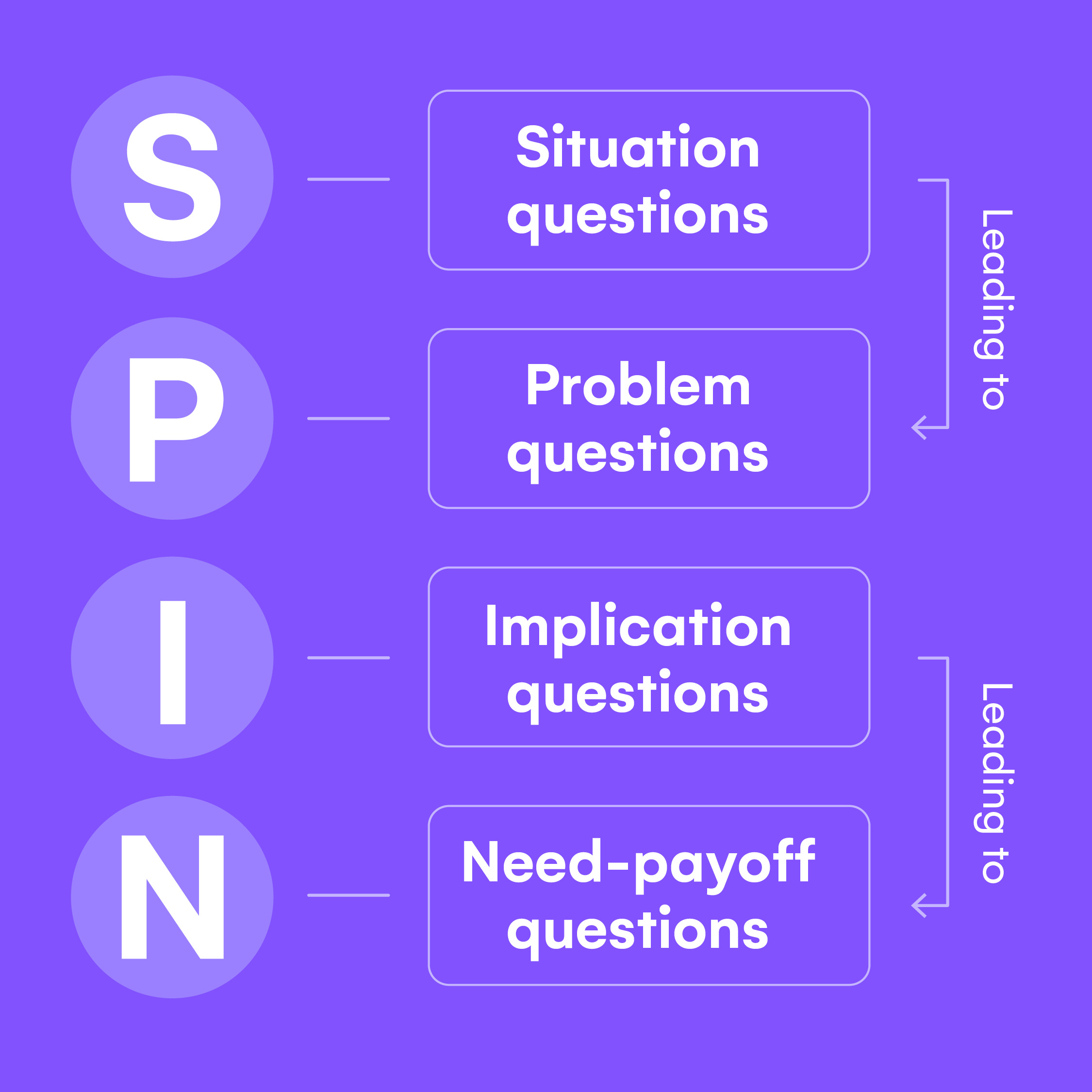
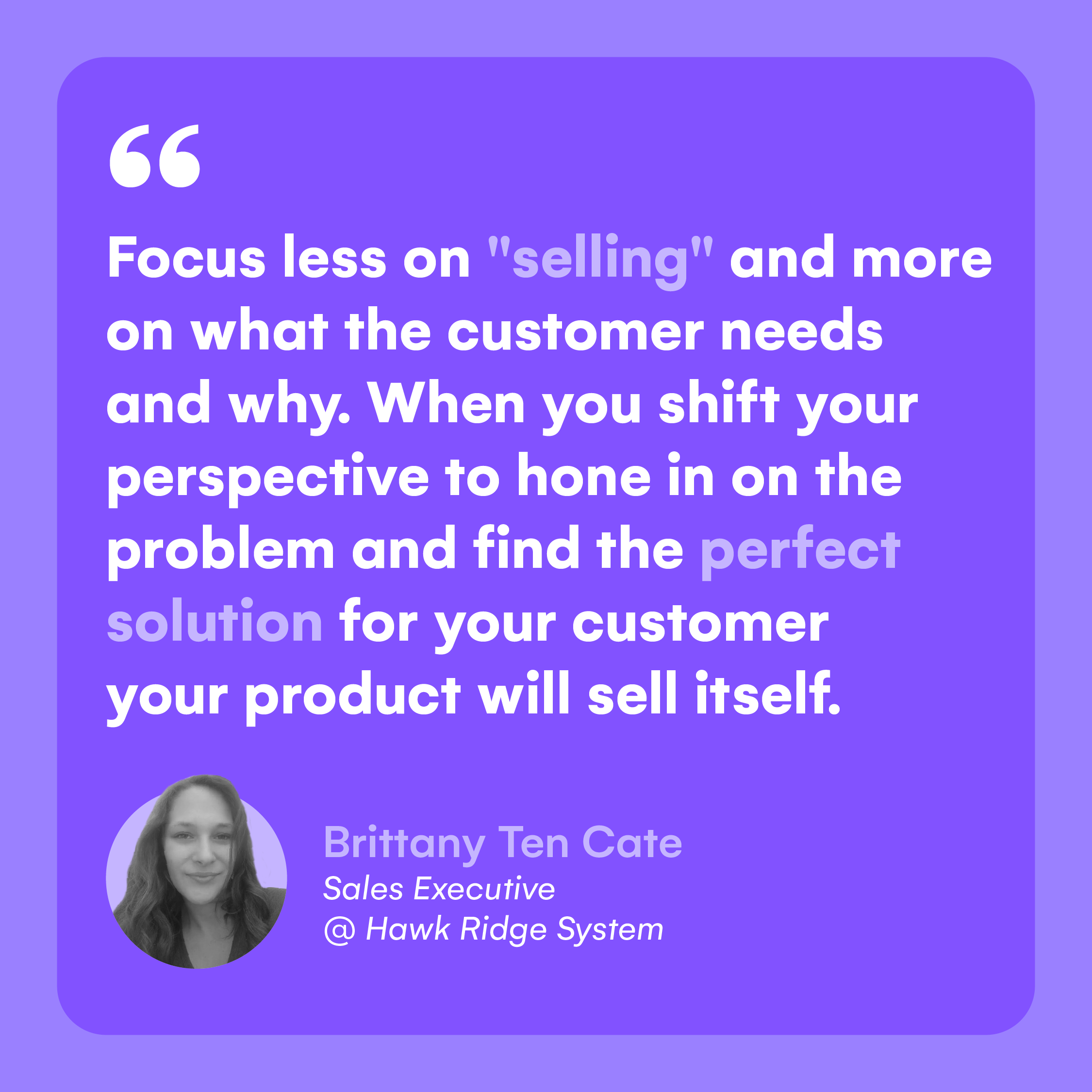
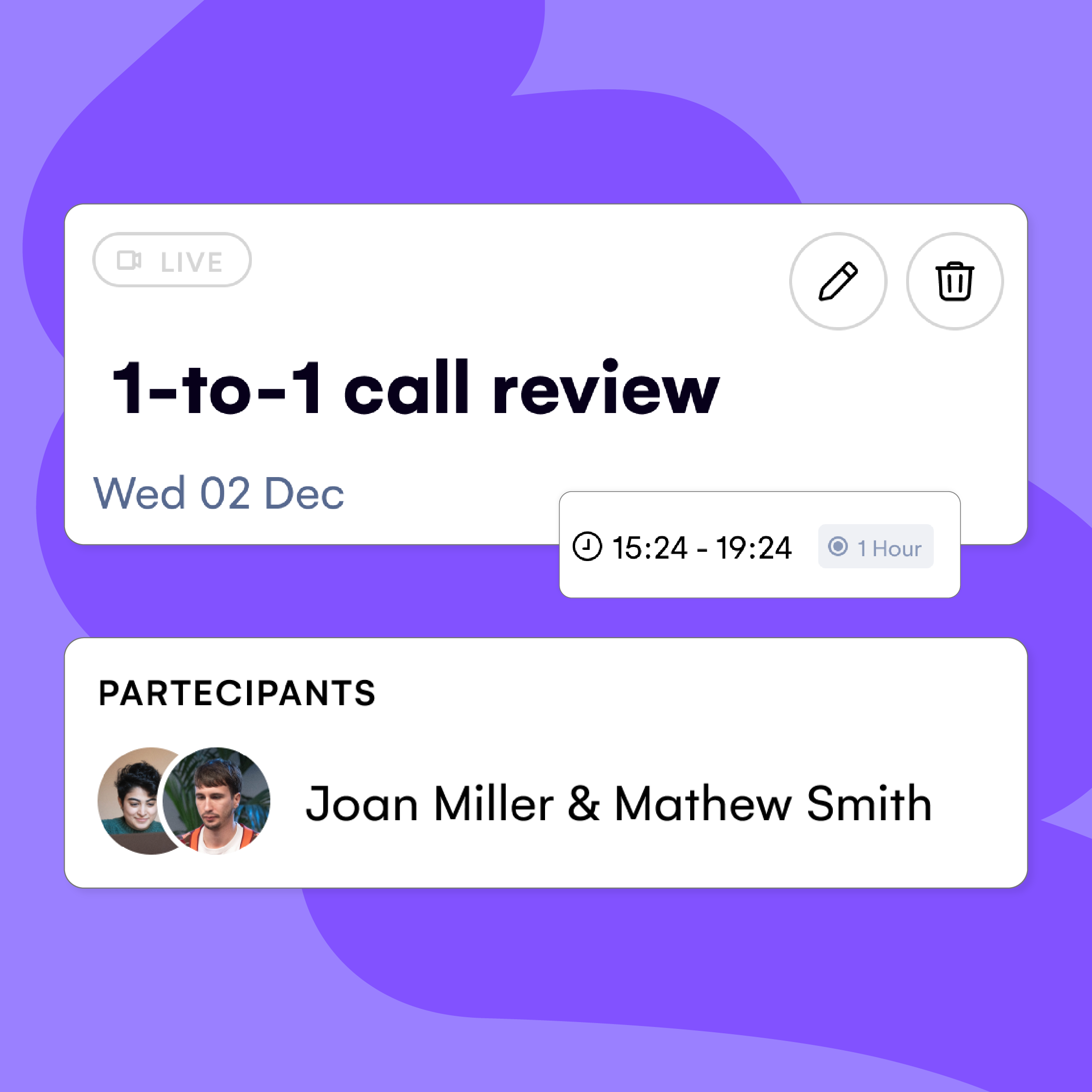
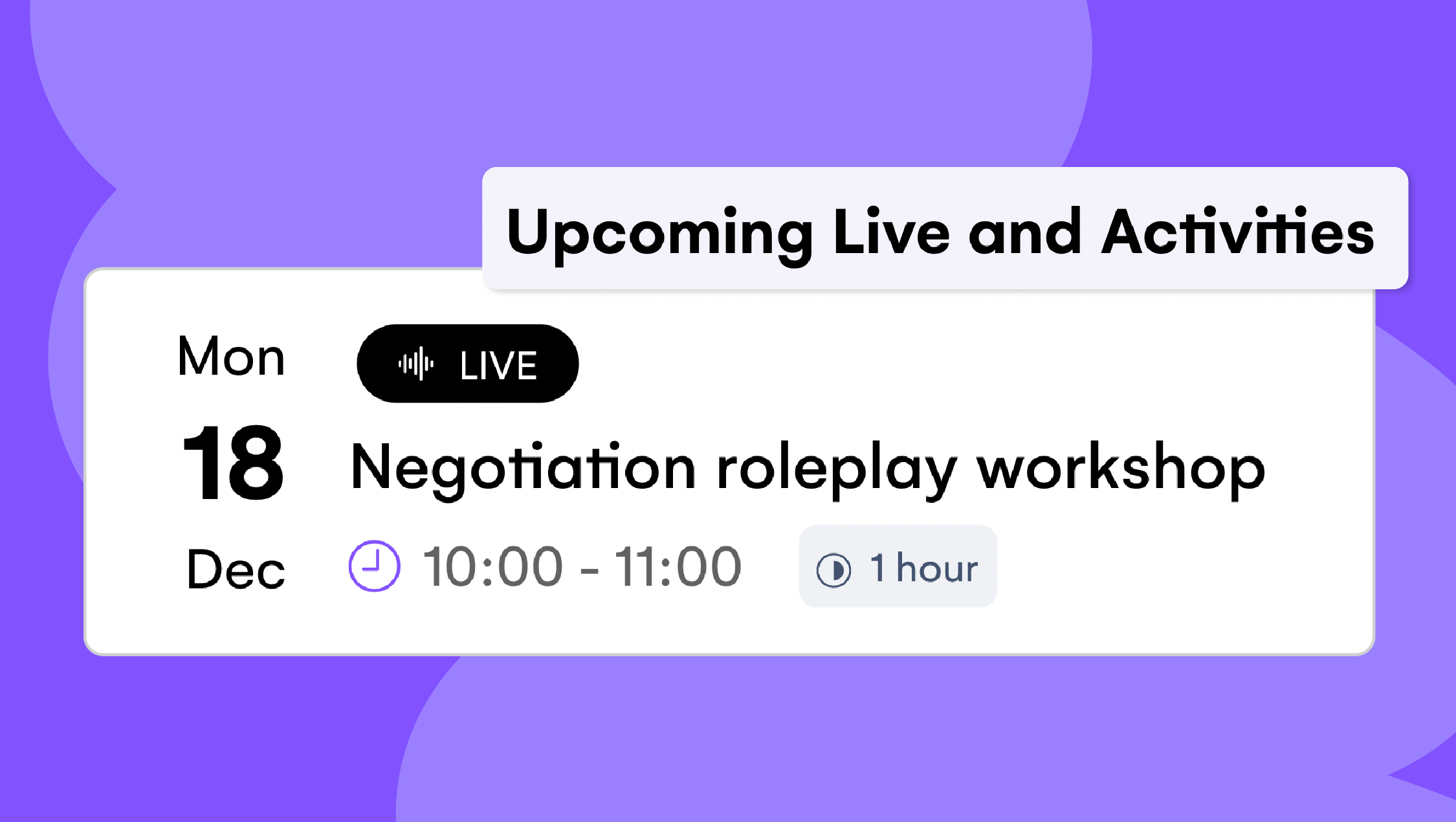
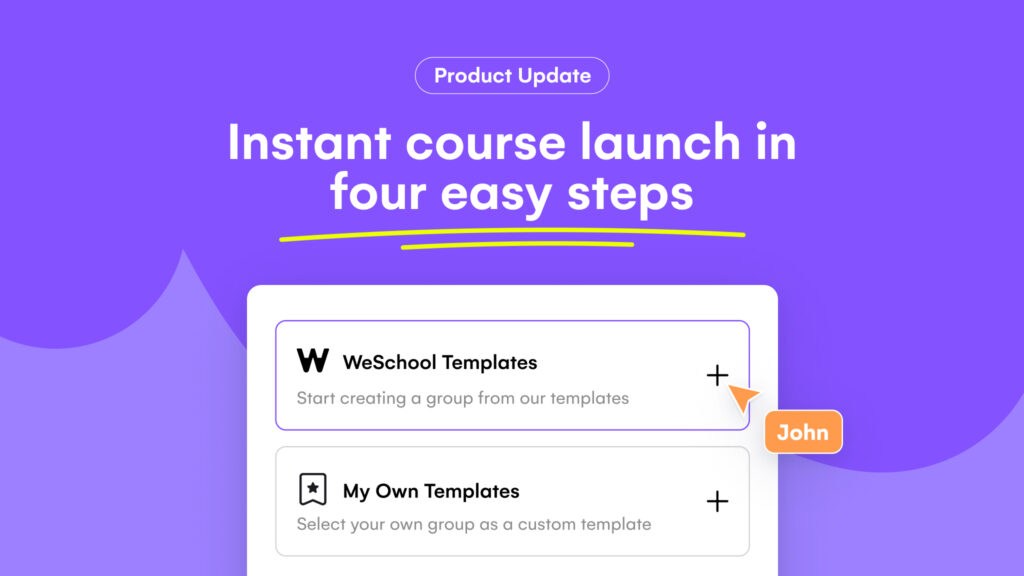

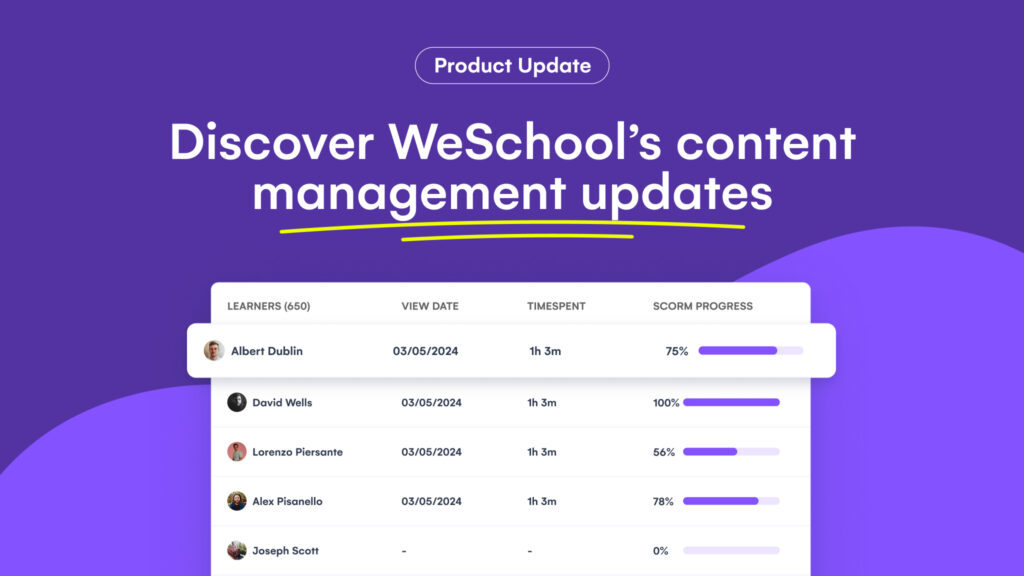
Reviews